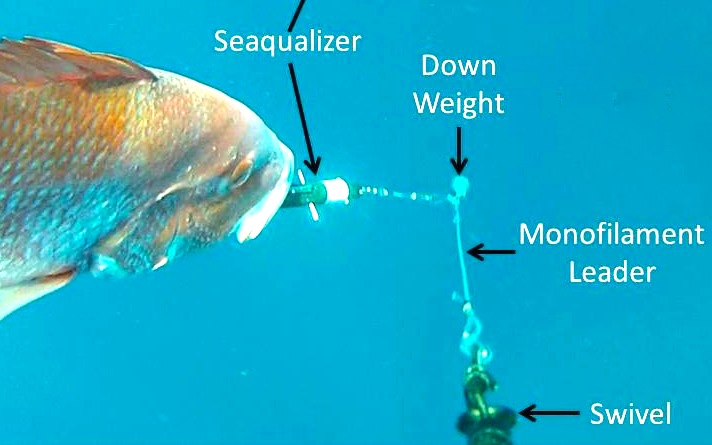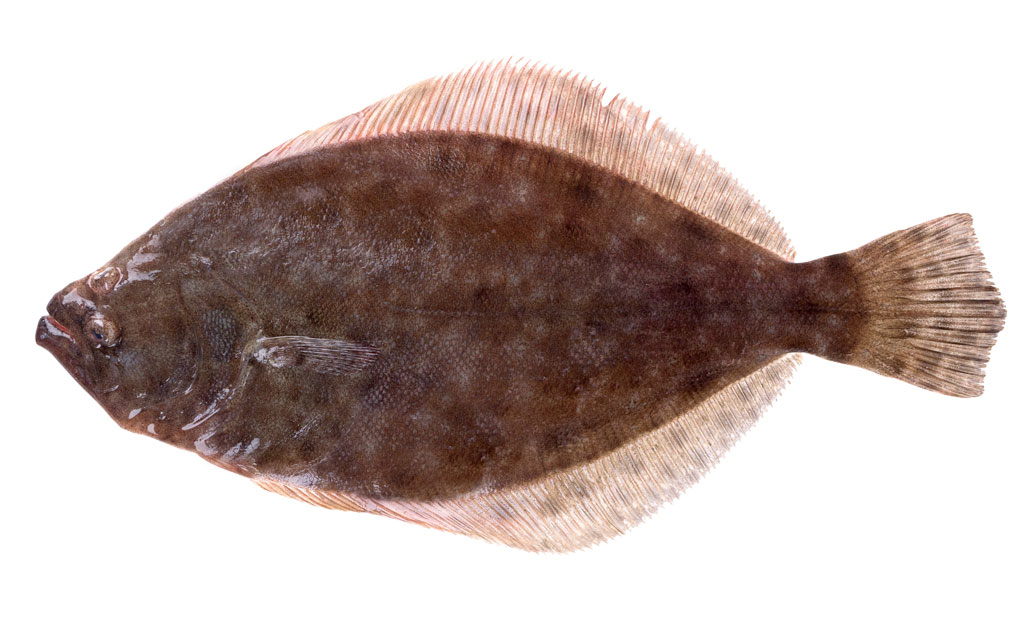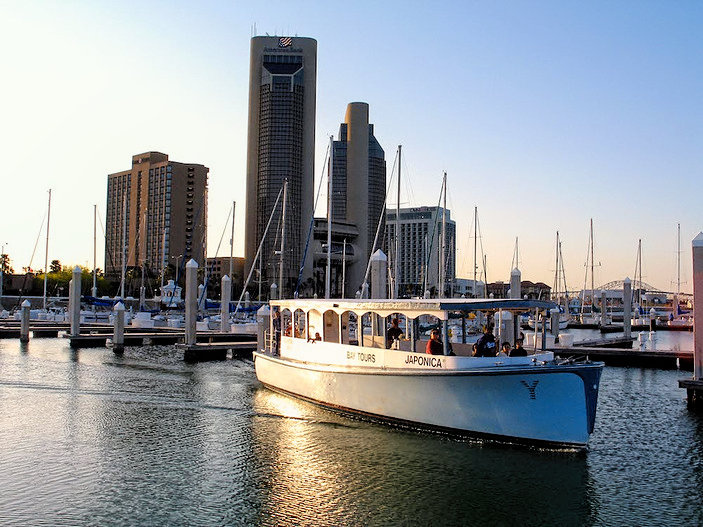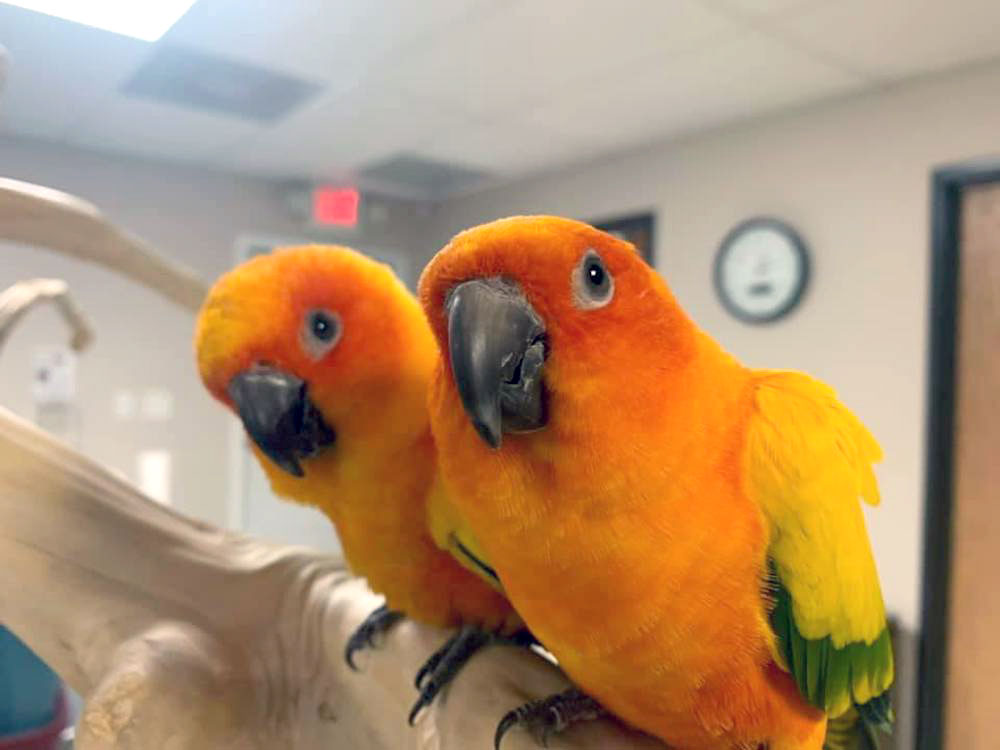
Descender devices operate by quickly returning fish to depth and reversing the debilitating effects of barotrauma, increasing the chance of survival after catch-and-release. Courtesy Photo
Research into ways to help red snapper survive a catch and release, which is legally required when not caught during a designated season, just got a boost at Texas A&M University in Corpus Christi. A federal Fisheries Innovation Grant of $209,326 to study pressure-related injuries often suffered by red snapper during catch and release was recently awarded to the Center for Sportfish Science and Conservation at the Harte Research Institute for Gulf of Mexico Studies at TAMUCC.
“This research funding will allow us to refine our understanding of the fate of released fish in the red snapper fishery, and help improve the chances of survival for these fish,” said Greg Stunz, HRI Endowed Chair for Fisheries and Ocean Health and CSSC Director.
As one of the most valuable — and perhaps regulated — fisheries in the gulf, red snapper populations are just now beginning to make a comeback from decades of overfishing. Recent seasons for catching red snapper in federal waters have been short, especially for fishermen in private boats. Both seasons begin July 1 this year, but private boats get only 10 days, while charters have been granted 44 days. Both shared a nine-day season in 2014.
In Texas, when caught in federal waters nine miles from shore, red snapper have to be released and returned. Because they tend to live close to the ocean floor, reeling a red snapper from those depths can cause gas to expand in the swim bladder and other body parts. This causes injuries known as “barotrauma,” said Judd Curtis, a CSSC post-doctoral research associate who is leading the project.
“These injured fish may exhibit symptoms like an expanded abdomen, stomach protruding through the mouth and bulging eyes,” Curtis noted. “[The snapper] may not survive these pressure-related injuries.”
Even if they do survive, they may not be able to return to deeper waters due to increased buoyancy, making them an easy target for dolphins and other predators.
The federal grant money will be used to study ways to return red snapper to the depths more quickly. The yearlong project also will assess tools known as descender devices that attach to fishing gear.
“These descender devices operate by quickly returning fish to depth and reversing the debilitating effects of barotrauma,” said Curtis. “[They] greatly increase the chance of survival after catch-and-release.”
Increasing the survival rate will ultimately lead to an increased fishery and a longer fishing season, Stunz added.
“Improved survival mean faster recovery of this overfished fishery,” Stunz said. “[That] will ultimately improve access and secure more days on the water for all anglers.”
The Fisheries Innovation Fund is a public-private partnership launched in 2010 with funding from NOAA Fisheries, the Walton Family Foundation and the Gordon and Betty Moore Foundation. Over the past five years, the Fisheries Innovation Fund has provided approximately $8 million to fund 77 projects throughout the country.





